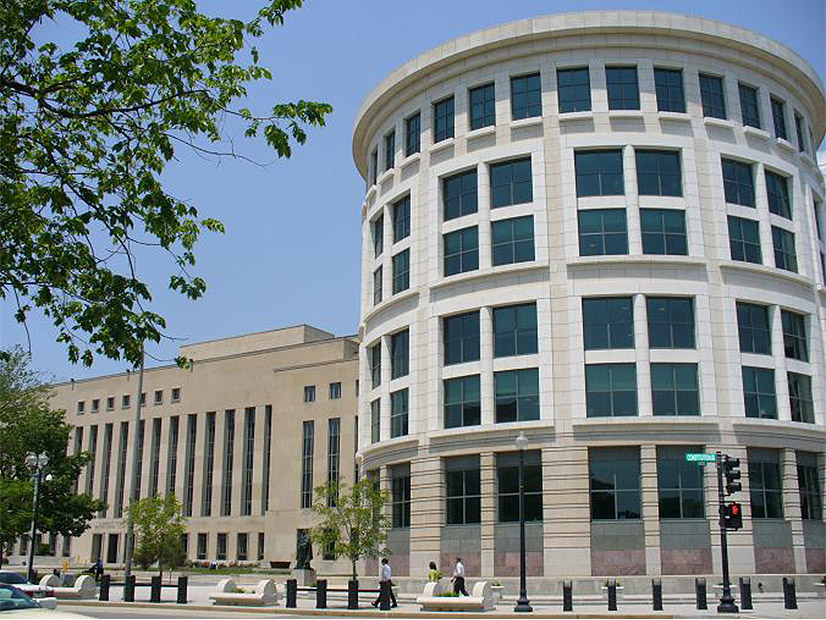The D.C. Circuit Court of Appeals has upheld FERC’s approval of a key NYISO capacity market price determinant that New York’s utility regulator says could raise costs by hundreds of millions of dollars per year.
At issue is the amortization period for a hypothetical new peaker plant in its installed capacity market.
NYISO in late 2020 had proposed reducing the amortization from 20 to 17 years due to New York’s decision to require a zero-emissions grid by 2040.
The period in question is the 2021/25 demand-curve reset, the middle of which was 2023, which was 17 years from 2040, when fossil-fired plants might have to shut down to meet the mandate.
FERC repeatedly rejected that proposal as “speculative,” prompting appeals by the Independent Power Producers of New York that ultimately led FERC to reverse itself and approve the 17-year time frame.
This prompted protests by consumer advocates and the New York Public Service Commission over the costs likely to result, but FERC reaffirmed its decision in early October 2023.
The PSC in mid-October appealed to the D.C. Circuit, saying the policy likely would increase capacity costs by more than $225 million per year.
The court on June 14 rejected that argument.
In a prepared statement, the PSC said:
“We are disappointed in the court’s decision. The fact of the matter is that the effect of changing the amortization period for setting capacity prices is resulting in windfall profits to the existing fossil fuel power generators and does nothing to add the resources we need to meet the state’s climate and reliability objectives. We will continue to advocate for just and reasonable rates. PSC is reviewing its options to protect New York customers both at FERC and in the courts.”
In the 2-1 ruling, the court noted that the metric in question is a key part of the capacity market pricing. It said the relevant question in the PSC petition was whether FERC’s decision “fell within the zone of reasonableness.”
The ruling says: “To be sure, FERC’s change of heart a mere five months after its initial decision on remand is eyebrow-raising, and we usually view such ‘flip-flops’ in an agency’s position with some skepticism.”
But it added: “FERC appropriately concluded that the proposal fell within the zone of reasonableness.”
The ruling noted that New York’s 2019 Climate Leadership and Community Protection Act mandated a zero-emissions grid by 2040 but gave no indication how to reach that goal, or whether all fossil-fired plants in the state would have to shut down as a result.
So, it makes sense, the ruling said, that a reasonable investor could conclude a new fossil-fueled plant would not be viable after 2039, and it was reasonable for NYISO to design its rates accordingly.
The court previously highlighted the PSC’s failure to clarify the 2040 mandate, calling it “regulatory inaction.”
“It is ironic that the Public Service Commission objects so strenuously to the system operator’s interpretation of the New York climate act. That act vests in the commission alone the power to ‘establish a program’ to achieve the zero-emissions target, yet the commission has not issued so much as a proposed rule implementing the act.”
The court notes that the PSC was required to enact such a program by mid-2021 but only began the process in May 2023 and has only gathered comments since then.
Judge J. Michelle Childs dissented on the ruling, saying the majority’s attempt to justify FERC’s decision failed. She wrote:
“The distinction between what is required by the act and what may be required by its future implementing regulations is crucial: No one disputes that the system operator may justify its proposed amortization period based on what the act requires, but an amortization period based on what future implementing regulations may require is difficult to square with FERC’s anti-speculation precedent.”
NYISO had reduced the amortization period from 30 years to 20 years in 2014 because of increasing risks to investing in the hypothetical new plant.



